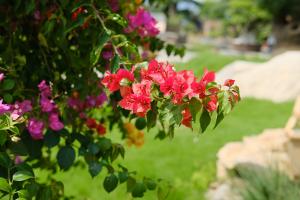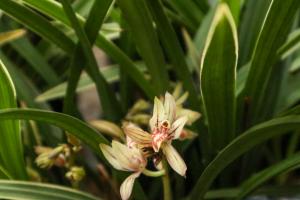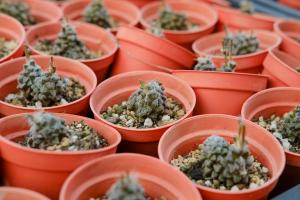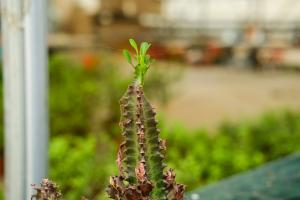Do Plants Lose Water at Night?
Plants are an essential and crucial part of our ecosystem, providing clean air, food, and life-saving medicines. But have you ever wondered whether plants lose water at night? This question has puzzled many botanists and curious minds, and the answer lies in the way plants breathe and transpire.
The Process of Transpiration
Transpiration is the process by which plants release moisture from their leaves into the atmosphere. The process is similar to sweating or exhaling in animals, as it helps regulate the internal temperature of the plant and prevent overheating.
To transport water from roots to the leaves, plants use tiny tubes called xylem. As water evaporates from the leaves, it creates a suction effect that draws water up from the roots. This process is called the transpiration pull and is the driving force behind the movement of water through the plant.
Factors that Affect Transpiration
Several factors affect the rate of transpiration, including temperature, humidity, wind, and light. High temperatures and low humidity increase the rate of transpiration, while low temperatures and high humidity slow it down. Wind increases transpiration by removing the boundary layer of humid air around the leaves, while light stimulates stomata, the tiny pores on the leaves where water vapor exits.
Transpiration at Night
While plants do not photosynthesize at night, they continue to transpire. However, the rate of transpiration is significantly lower at night due to the absence of sunlight and stomata closure. When it is dark, most plants close their stomata to conserve water and prevent water loss. This is because when stomata are open, they not only release water but also allow the entry of carbon dioxide, which is essential for photosynthesis.
The Role of Root Pressure
Although the rate of transpiration is low at night, water loss still occurs through a process called guttation. This process involves the excretion of water droplets from the tips of leaves or grass blades. Guttation occurs when root pressure is high, and the water cannot enter the plant fast enough. It happens mostly at night or early in the morning when the moisture in the soil is high and the rate of transpiration is low.
Conclusion
In conclusion, plants do lose water at night, but the rate of transpiration is significantly lower than during the day. Stomata closure helps prevent water loss and conserve water, while root pressure can cause guttation, which is visible as droplets on the tips of leaves or grass blades. Understanding the process of transpiration is critical for gardeners, farmers, and ecologists, as it helps them manage water resources and maintain healthy ecosystems.

 how many times do yo...
how many times do yo... how many planted tre...
how many planted tre... how many pine trees ...
how many pine trees ... how many pecan trees...
how many pecan trees... how many plants comp...
how many plants comp... how many plants can ...
how many plants can ... how many plants and ...
how many plants and ... how many pepper plan...
how many pepper plan...































